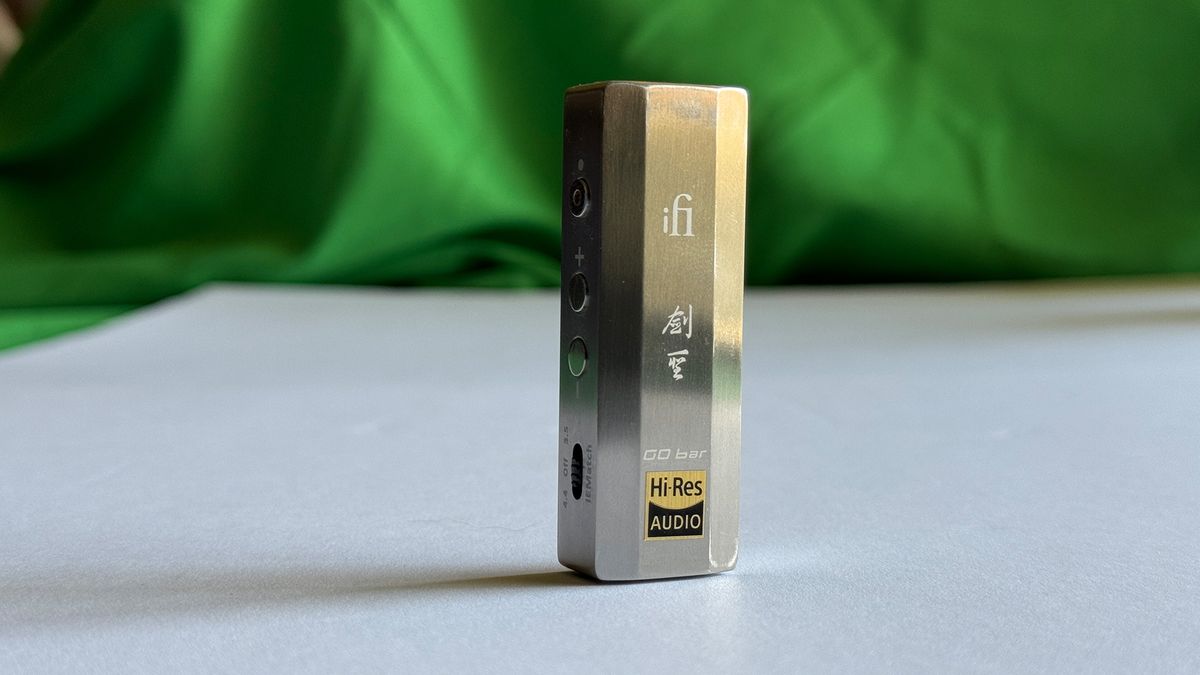A person in a coma can sometimes wake up months, years or even decades after they fell unconscious, seemingly out of nowhere. One of the longest cases is of Munira Abdulla, a woman who fell into a coma after a car accident in 1991 and awoke an astonishing 27 years later.
But what makes someone wake up from a coma — a prolonged state of deep unconsciousness?
“The short answer is that we don’t really know,” said Martin Monti, a psychology professor at UCLA who studies comas. “This is why you still don’t have a lot of interventions to help people recover,” Monti told Live Science.
For a coma to occur, there must be an insult to the brain — such as an injury, inflammation or infection. Before a person can wake up, their brain needs to recover by either regrowing damaged neurons or expanding on other brain networks to take over the job of the injured brain region.
But this physical recovery of brain networks isn’t enough on its own because comas also slow down the brain’s activity. “Everything becomes a little bit more silent,” Monti said. Thus, in this state, brain networks don’t communicate as efficiently as they usually do. The brain may need some kind of jump start to get back up to speed and lead someone to wake up.
“Everybody believes it, and it’s very, very reasonable,” Monti said about the jump-start theory. “But we don’t have good data on it.”
Related: Why do our brains have folds?
So what could potentially trigger such a jump start in the brain? One way could be for doctors to use amantadine, a drug thought to increase the amount of dopamine in the brain, Monti said. The medicine, sometimes used for Parkinson’s disease, is thought to boost the amount of dopamine released by neurons while also preventing it from being recycled too quickly.
Dopamine is a chemical messenger, or neurotransmitter that’s crucial for communication between brain networks, Monti explained. In particular, dopamine is key in networks involved in movement control and in motivated behavior. People in comas have less dopamine available than they would in a conscious state, according to a 2010 review study in the journal Medical Hypotheses.
A 2012 study in the New England Journal of Medicine found that amantadine improved consciousness in people who were in a vegetative or minimally conscious state caused by a traumatic brain injury. Subsequent studies have found that it also helps recovery from disorders of consciousness in those with non-traumatic brain injuries, caused by stroke or drowning, for example. However, there is a lack of evidence that the medicine improves long-term outcomes for people after they wake up from a coma.
“There are many other techniques that have been attempted and that have different levels of evidence in favor or not,” Monti said. “These all tend to be based on the same principle” of jump-starting the brain.
One other approach is deep brain stimulation, which involves surgically implanting electrodes deep into the brain to deliver a small amount of electricity that excites nearby neurons. This stimulation often targets the thalamus, a region of the brain necessary for attention and arousal that is often implicated in brain injuries that lead to coma, according to a 2018 review study in the journal Neurosurgical Focus.
Another technique, called focused ultrasound, attempts something similar with ultrasonic vibration and without surgery. Magnetic stimulation is another non-invasive technique that can stimulate cells deep in the brain.
For any of these therapies to speed someone’s return to consciousness, the structure of the brain itself must be intact.
Neuronal growth happens slowly, at the pace of about 1 millimeter per week, said Dr. Chethan Venkatasubba Rao, medical director of the neuroscience critical care unit at Baylor St. Luke’s Medical Center in Texas — or about as quickly as fingernails grow. “Through that, we just have to keep on supporting the patient and then give them an opportunity to recover to their fullest,” he said.
“There is a lot of hope for patients who are in coma,” Rao added. “We should not give up on them early.” Studies suggest that, sometimes, people’s life support may be withdrawn too soon. After recovery from the initial brain injury, it usually takes at least two weeks to regain consciousness, he said. It rarely takes more than four weeks.
However, many coma patients do not wake up. For instance, Terri Schiavo, a woman in Florida, experienced cardiac arrest and went into a vegetative state for 15 years. After a prolonged legal battle between her husband and family, Terri’s feeding tube was removed in 2005, and she died about two weeks later at age 41. An autopsy report later found that her brain was half the size of a typical person her age and severely damaged.
Scientists don’t have much data about the frequency and causes of comas, Rao said, and he estimated that the percentage of those who never wake up is somewhere between 20% and 40%. A study of people in comas in the U.S. and United Kingdom, however, found that 54% of patients died, 15% survived with poor outcomes and 31% survived with good outcomes.
Overall, how and why people wake up from comas — either on their own or with a jump start from medication or therapies — is largely still a mystery. And as scientists get closer to solving it, they may improve at waking people up from comas, faster.





















Discussion about this post